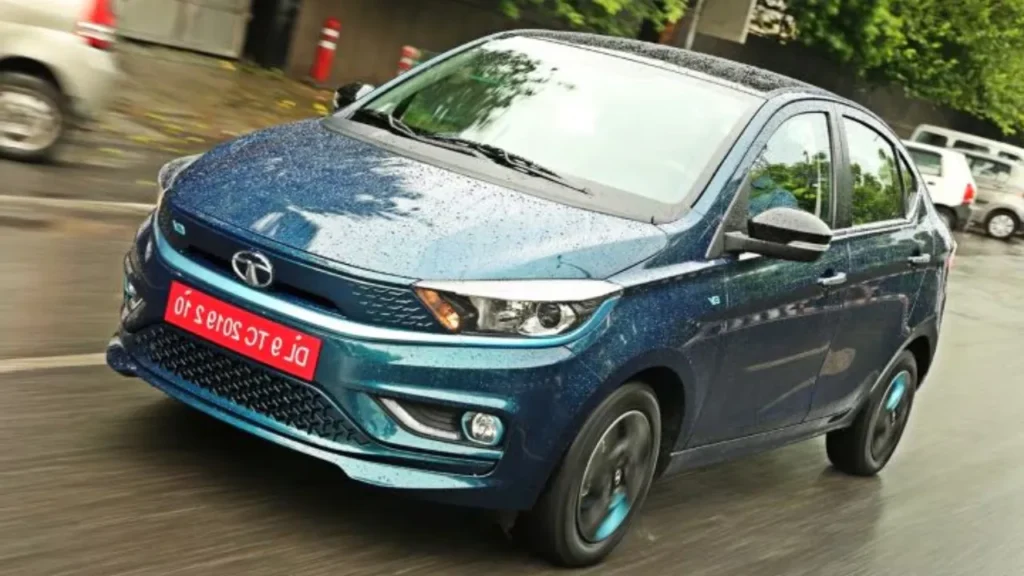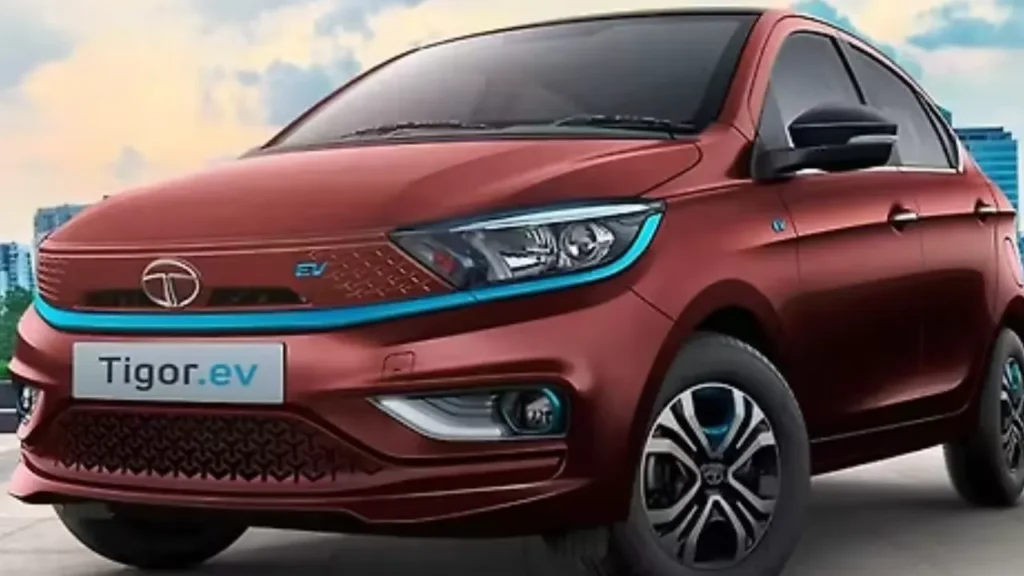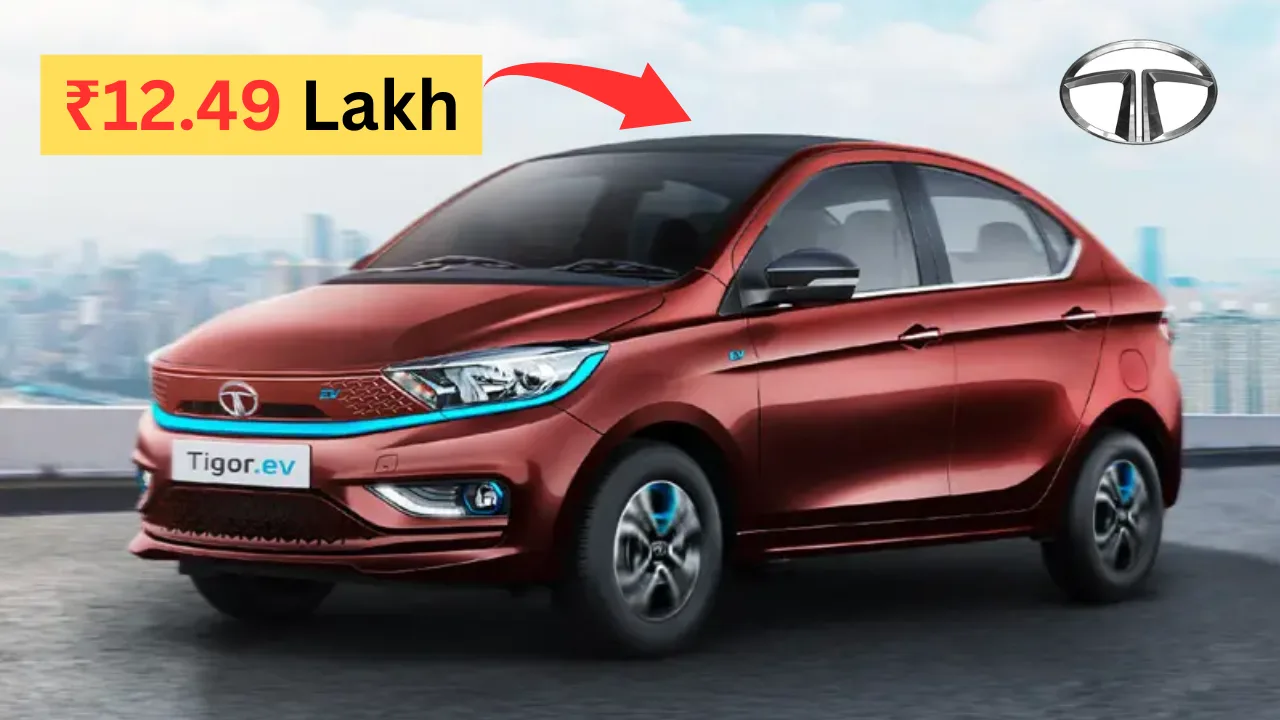The Tata Tigor EV is an all-electric compact sedan from Tata Motors, powered by a 26 kWh battery pack and a 75 PS electric motor. It has a range of 315 km as per ARAI. The Tigor EV is known for its spacious cabin, good safety rating, and affordable price.
Overview: Tata Tigor EV
The Tigor EV is Tata’s second all-electric vehicle after the Nexon EV. Tata recently gave the EV a major update, replacing its old 72V electrical system with a new 350V Ziptron EV system along with some cosmetic changes.

The electric compact sedan is now powered by a 75hp motor that draws energy from a 26kWh liquid-cooled battery pack, and is priced between Rs 11.99 lakh and Rs 13.14 lakh (ex-showroom).
The company claims that, in an ideal scenario, the Tigor EV covers a distance of 306 km on a single charge. But how many kilometers will it run on a single full charge in the real world? Let’s find out
- Torque is approximately 128Nm in normal mode and 170Nm in sport mode.
- Regeneration intensity cannot be adjusted.
- Maximum speed is 116kph (120kph on Speedo).
Feature & Tech
During our tests, we drove the Tigor EV in default drive settings, with the climate control set to Eco mode.

For reference, the speed in the city was limited to 60 kmph, while on the highway it was maintained between 80 kmph and 100 kmph.
- Like other electric vehicles, the Tigor EV is also more efficient in the city than on the highway, as there are frequent stop-and-go situations, resulting in a greater amount of energy recovery.
- In the city, the Tigor EV achieved a battery efficiency of 7.69 km per kWh, which translates to a real-world range of 200 km (7.69 km/kWh times 26kWh).
- In our highway cycle, it achieved an efficiency of 6.98 km per kWh, which translates to a highway range of 181 km (6.89 km/kWh times 26kWh) on a full charge.
Design & Style
Before our real-world range test, we fully charged the batteries of our test cars and maintained the tyre pressure as per the manufacturer’s recommendation.
These cars are driven in fixed city and highway loops, and we maintain a fixed average speed.
- To keep an eye on any untoward changes, we always have a reference car running that we’ve tested before; swapping drivers from time to time can neutralize any changes in driver patterns.
- At the end of each cycle, we calculate the range based on the percentage charge consumed.
- Throughout our test, there is only one person in each car, running the air con and other electrical systems like the audio system, indicators, and wipers when required, just like how a regular user would.
Engine & Performance
One thing to note is that in Standard drive mode, the motor only produces 128Nm of torque, which limits power consumption; while shifting to Sport mode will drain the battery faster, our tests were conducted in the former mode.
- It only has one regeneration setting, so it slows down as soon as you lift off the accelerator pedal, and because you can’t turn it off, you always have to be on the throttle while cruising or hypermiling in the most efficient way to drive possible.
- Thus, it is always consuming energy.
- Also, its battery does not deplete at a constant rate – the drop in charge from 100 percent to 95 percent is the fastest, while the final 10 percent drop is the slowest.
- Because the performance of the motor is limited by the maximum range, it can reach the nearest charging station.
Price & Variants
The Tata Tigor EV is available in four variants: XE, XT, XZ+, and XZ+ LUX. Ex-showroom prices start at ₹12.49 lakh for the XE and go up to ₹13.75 lakh for the XZ+ LUX.
All variants have the same 26 kWh battery pack and electric power train, which offers a range of 315 km.
